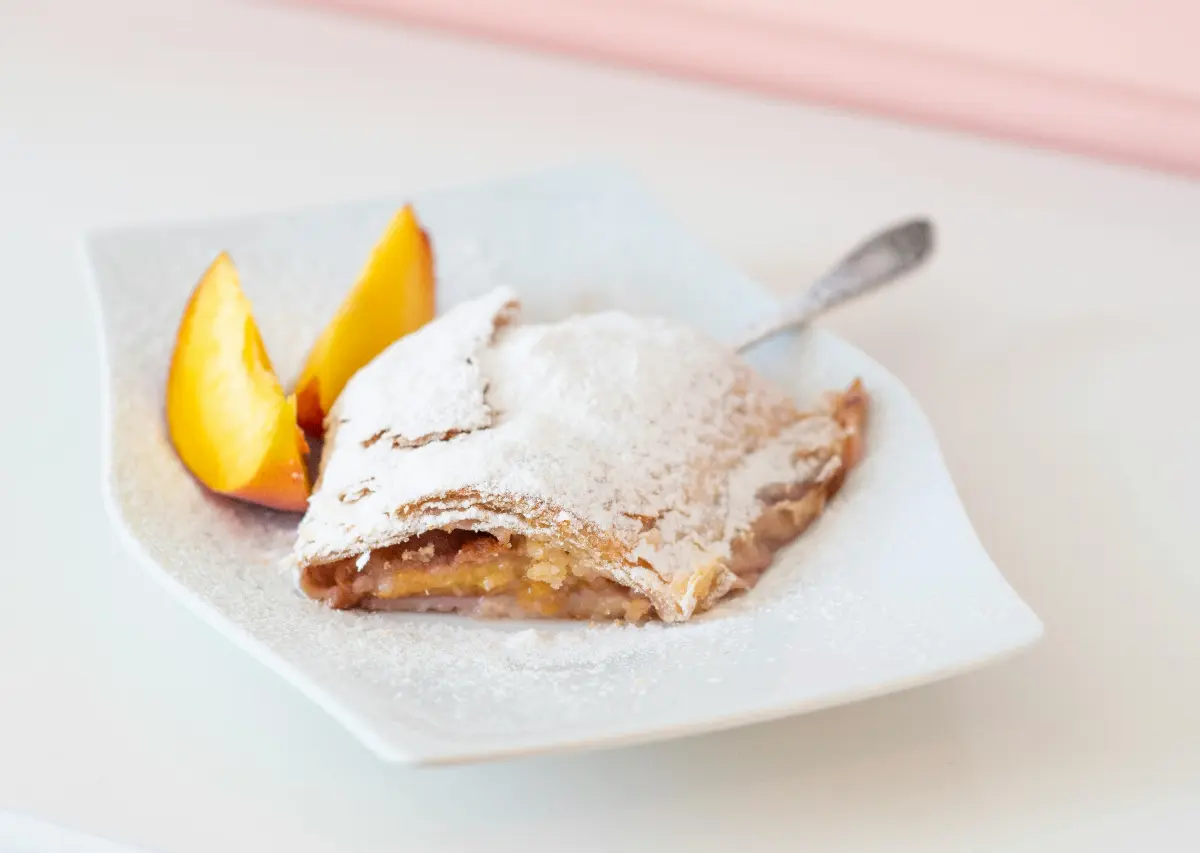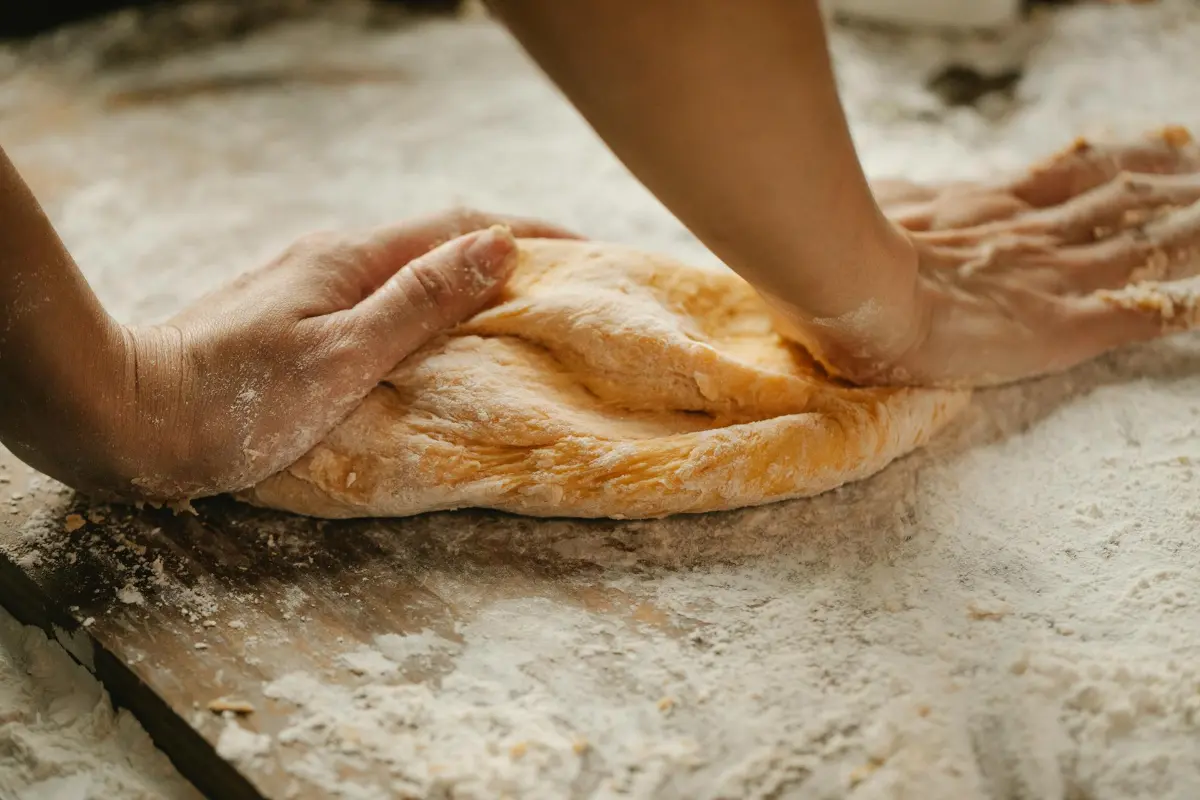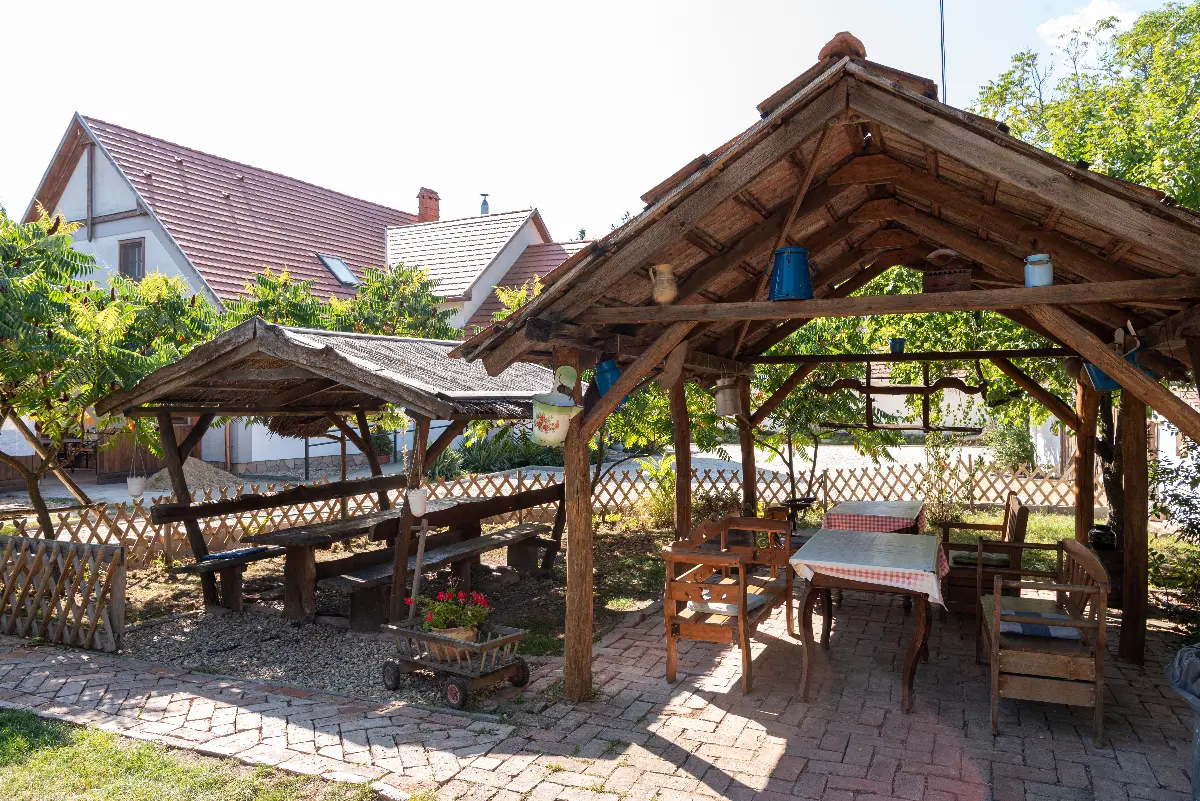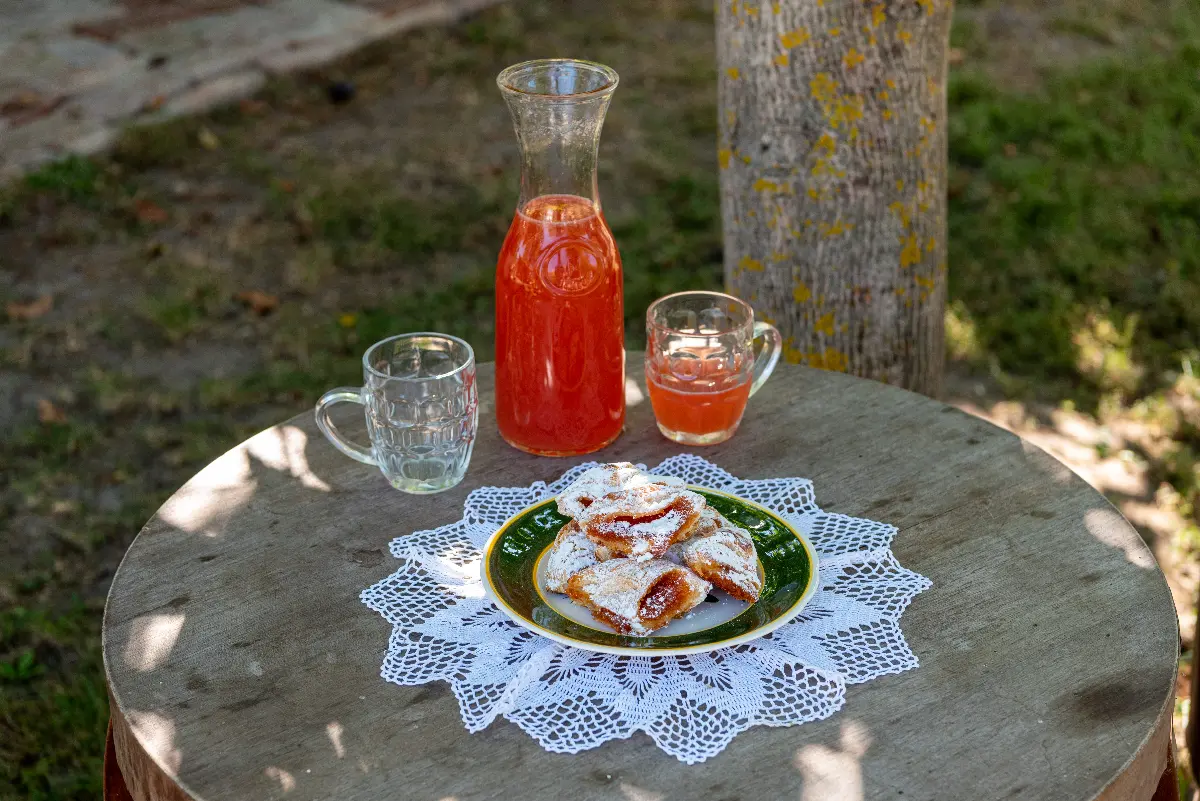
Helyszín címkék:
Running around the table, stretching long: in the wake of the Hungarian strudel
Szabó Sára
What did the Turks give us?
If we want to express our Hungarianness in the language of gastronomy, it would be difficult to leave out strudel. But despite the fact that the layered dessert is deeply rooted in our culinary arts, we have to admit that the person who invented it probably wore a turban. More precisely - if it made us feel better - the Turks only provided the inspiration. As is well known, in the 16th century the Ottoman Empire wanted to embrace Eastern Europe, including Hungary. During the expansion, between 1526 and 1699, the Turks lived together with the Hungarians in most of our country. During the nearly 180 years of (mostly peaceful) coexistence, we gradually adopted some elements of Turkish culture. In the course of the historical explanations, it was revealed that the strudel also belongs to these values. Its predecessor could certainly have been the popular Turkish sweet, baklava. After 1699, i.e. after the expulsion of the Turks, thanks to the Habsburgs, the baklava recipe spread throughout Austria and Hungary, but apples were added to the layered dessert as a filling.
The manuscript recipe for the Wiener Apfelstrudel, i.e. Viennese apple strudel, has been preserved in Austria since 1696. This is the oldest written recipe for strudel, which is still preserved in Vienna.
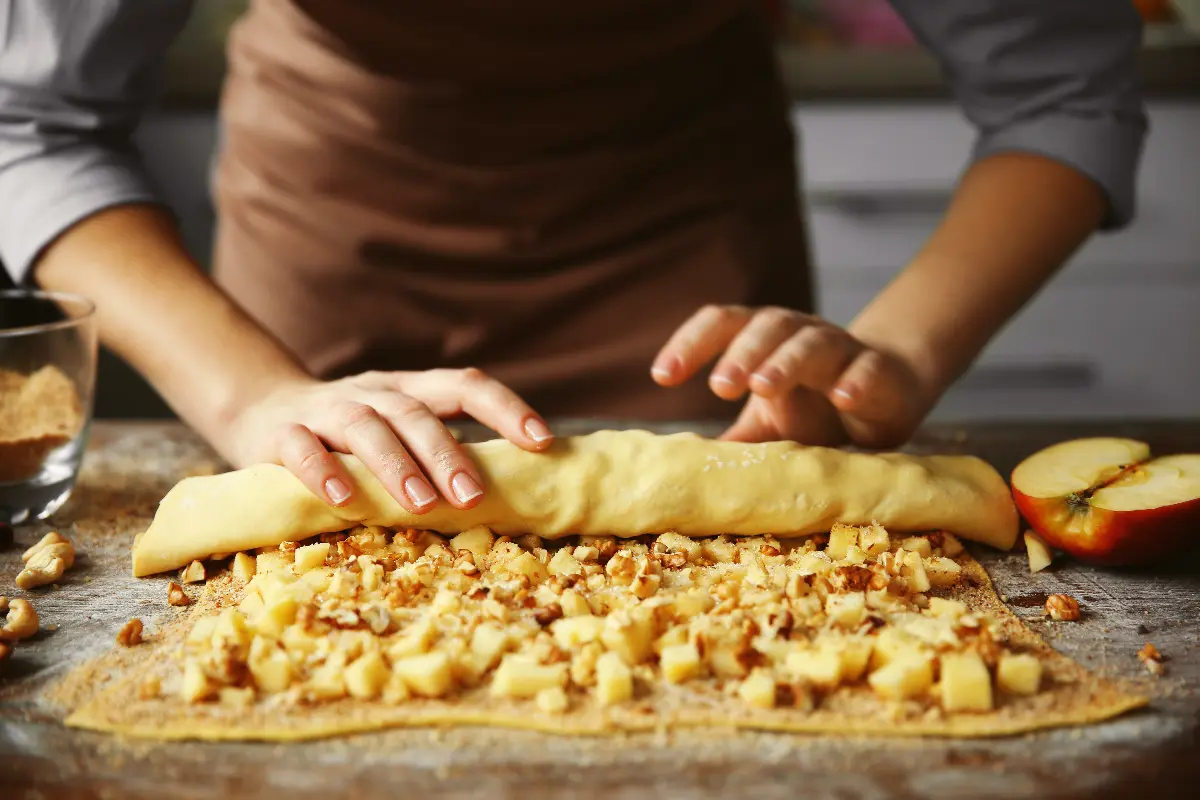
Of course, we also asked for the strudel! While in the Őrség in the 19th century there was talk of a hundred-layered strudel, in Szeged of a forty-layered strudel and Aunt Rézi made the stuffed strudel with 35 sheets of dough. At that time, the tablecloth was already "raised" for the strudel baking, and the dough was rolled out to a thin film. The strudel has been through a lot in our country: there were areas where it was not even known, but there were also places where it was an indispensable dish for the 19th-century weddings. A century later, however, it became a festive dish almost everywhere: carnival, christenings, weddings and New Year's parties could not be complete without strudel. Apple, bean, walnut, cabbage, porridge, jam, raisins, poppy -seed, sour-cherry, hazelnut, beet, plum, pumpkin, pumpkin seeds and cottage cheese were also included as fillings. Today, its role is unquestionable, but the puzzle is where it is still made traditionally, according to grandmother's recipe.
The indispensable ingredient: flour
Ildikó Horváthné Tamaskó, the owner of the Őrségi Ízek Portája (Court of Flavours of the Őrség), says that the secret to an excellent strudel is paper-thin, tear-free dough. The key to perfect dough is quality flour! According to Ildikó, in today's world, the selection of the right flour is very important when making strudel. In the past, almost all flour was suitable for rolling out the strudel, but unfortunately this is no longer the case, we have to choose the flour we use to make the strudel attentively and carefully. As she says, choose fine flour (BL 51 or BL 55) rather than strudel flour. This is a fine-grained, low-bran, light-coloured flour, perfectly suitable for making tear-free dough.
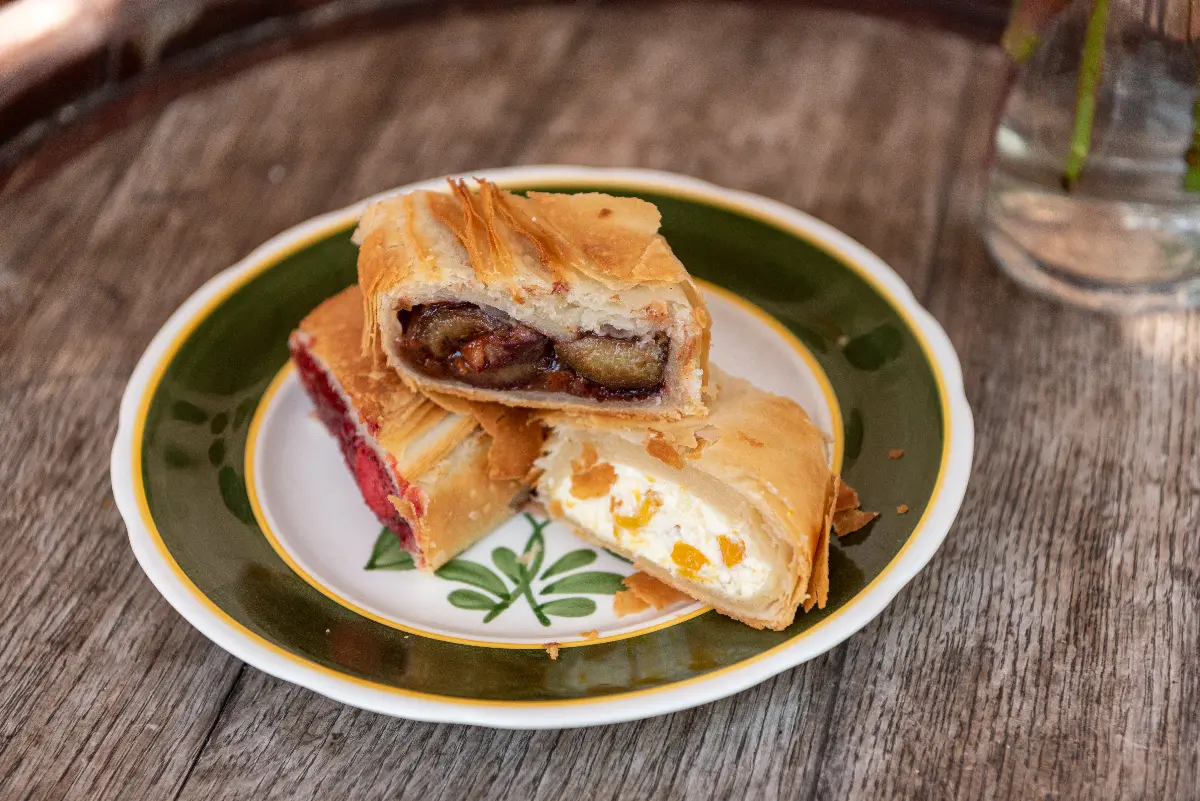
If we roll out skilfully, the dough will hang over the edge of the dining table, and if we put a newspaper under it, we can even read the daily news!
Time-consuming, meticulous, but worth it!
Making strudel is certainly a meticulous and lengthy process, and although there are similarities, so many houses, so many customs. In addition to high-quality flour, water and some kind of fat - oil, but even better, fat - are added to the dough, which is seasoned with a pinch of salt. After kneading, let the dough rest and then stretch it long.
"We make strudel the traditional way, according to the grandmother's recipe, running around the table," says Ildikó Horváthné Tamaskó.
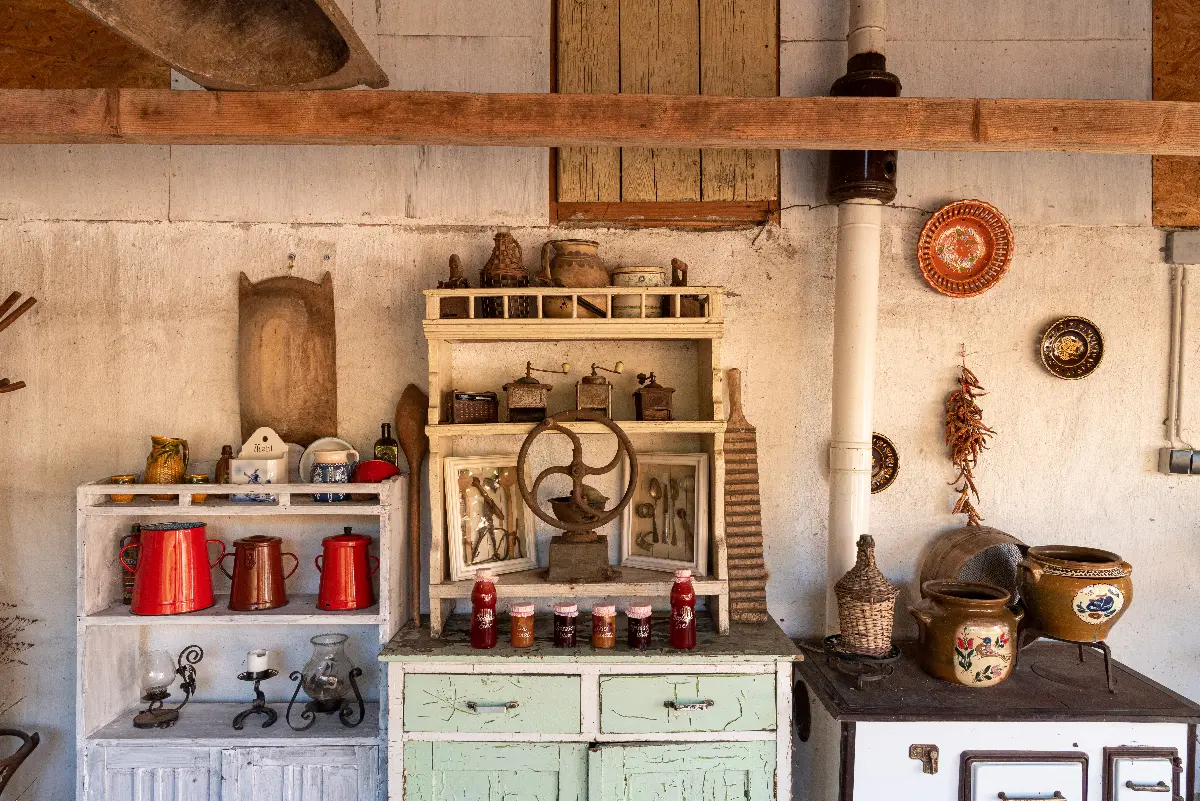
Where to go for a delicious strudel?
In Szalafő, in the Őrségi Ízek Portája, every Saturday, the scent of the delicious strudel wafts through the air. For those who visit Őrség, we heartily recommend the strudel filled with pumpkin-poppy and Swedish turnip. In Zebegény, on the Danube bend, the offer is confusing: the sumptuous strudel has been prepared at the Monarchia Rétesház (Monarchy Strudel House) on the stream for 18 years. When you come here, be prepared that your family will want to taste the whole offer. On the shores of Lake Balaton, in Balatonfüred, it is worth stopping by for strudel lovers: in the Füredi Rétesbolt (Füred Strudel Shop), locally baked strudels filled with walnut and sour-cherry, cottage cheese or poppy-seed and sour-cherry await guests. Finally, we can also find a great location at Lake Tisza: the Poroszlói Rétessház (Poroszló Strudel House) always has sour-cherry, poppy-seed and cottage cheese strudel, but seasonal flavours are also often made, for example the pumpkin version is a big hit in autumn.


